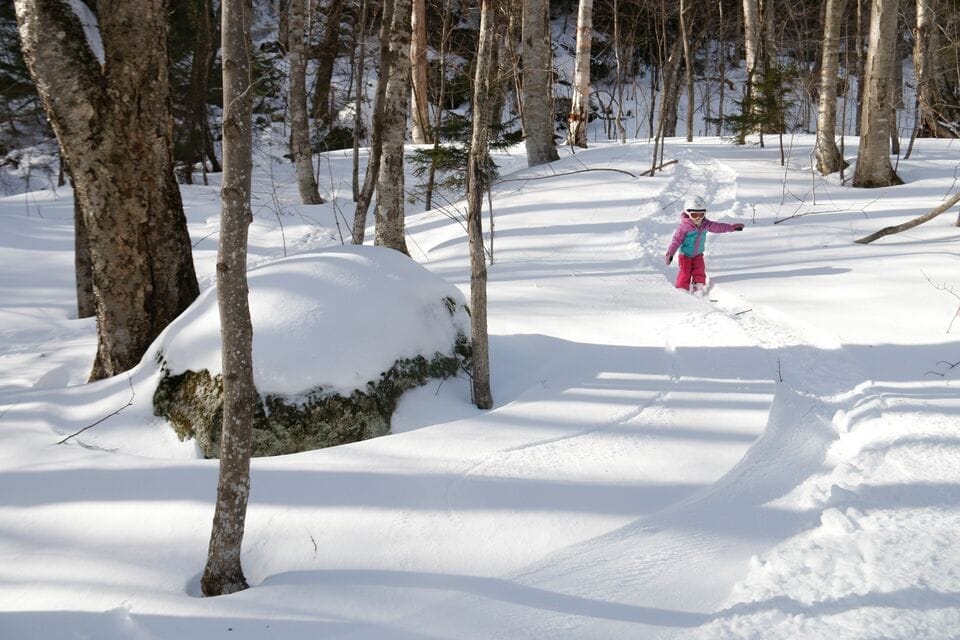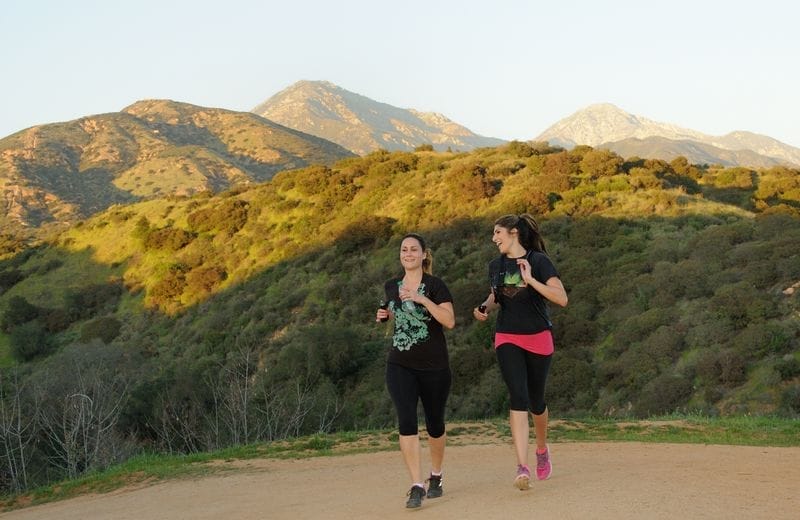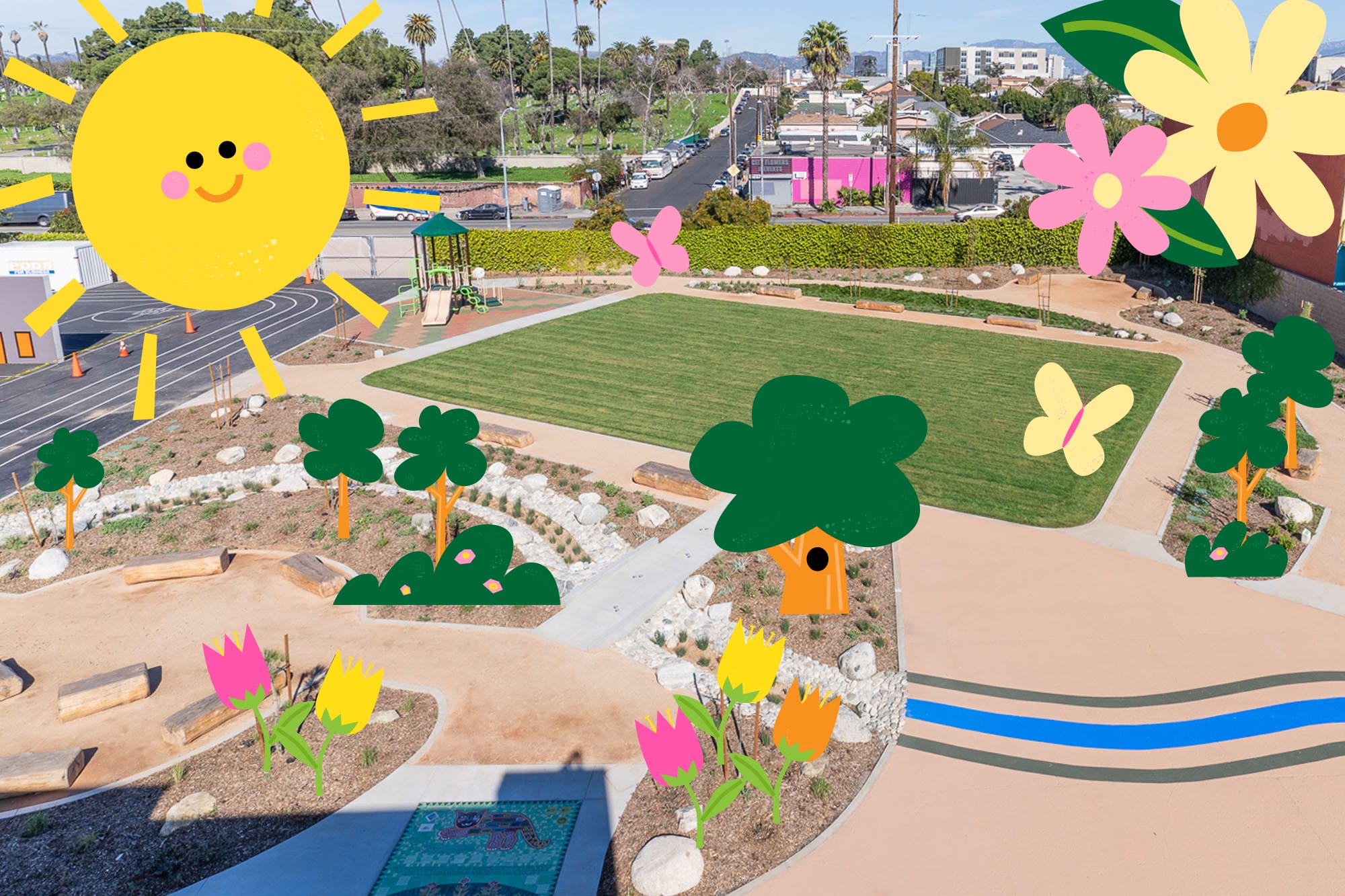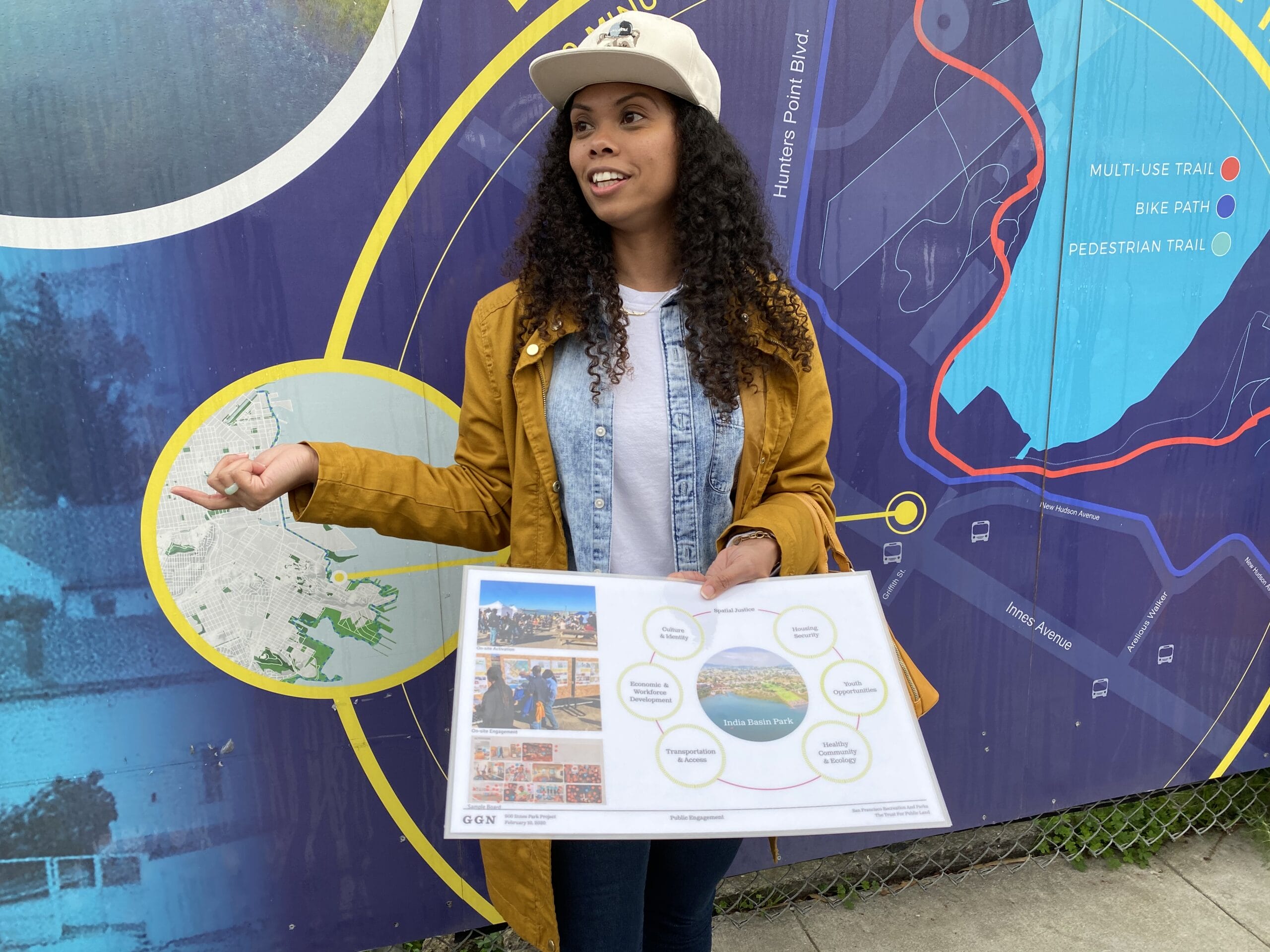
For military communities, conservation can be a win-win
For military communities, conservation can be a win-win
Protecting land brings all kinds of people together—in our work across the country, we’ve seen creative collaborations between everyone from hikers and birders to utility districts and railroads. But there’s one type of conservationist you might find especially surprising: military bases.
Because their operations are loud and sometimes dangerous, most bases were deliberately built at a distance from large population centers. But as cities and suburbs grow, some are are finding their neighbors too close for comfort: the shrinking space between military and residential areas affects civilians’ quality of life and personnel’s ability to do their jobs.
To address the problem, Congress created the Readiness and Environmental Protection Integration Program (REPI), which aims to buffer bases from development while helping communities protect resources like recreational open space and agricultural land. It’s the kind of win-win approach that’s right up our alley: since the program’s debut, The Trust for Public Land has worked with the army, navy, and the Air Force to safeguard almost 60,000 acres.
Here are a few recent success stories.
Naval Base Coronado—California
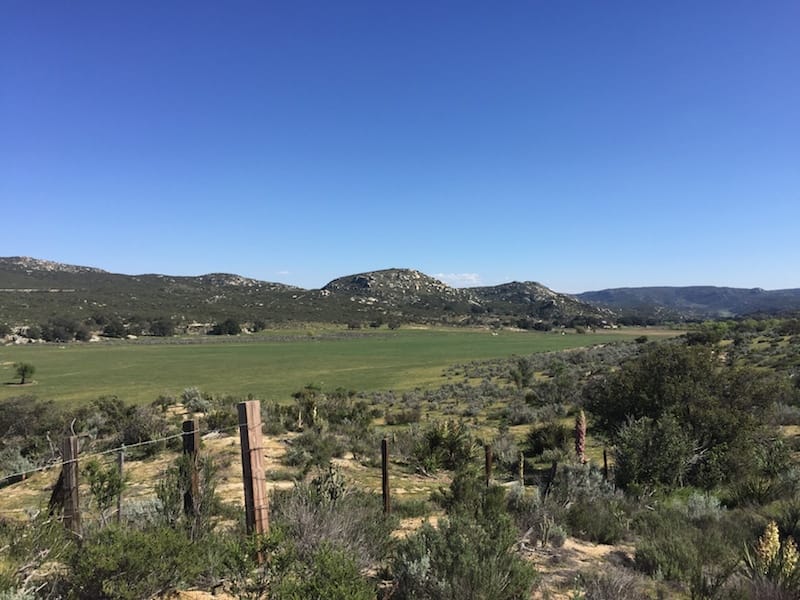
The rugged terrain surrounding Naval Base Coronado, near San Diego, makes it especially useful for preparing troops headed for similar landscapes overseas. But nighttime helicopter training exercises literally won’t fly in a residential area—and officials are keen to keep the land surrounding the base free from development.
That’s something they have in common with community groups looking to preserve the area’s irreplaceable grazing lands and spring-fed valleys. So this spring, The Trust for Public Land helped the navy and local conservationists work together to conserve 1,500 acres near the base.
For Heather Davis of the Backcountry Land Trust, the deal comes with a laundry list of benefits. “Protecting this land helps the community by providing environmentally sustainable ranching and beekeeping, conserving wilderness and wildlife habitat, minimizing fire hazards, and safeguarding clean air and water.”
Army Kahuku Training Area—Hawaii
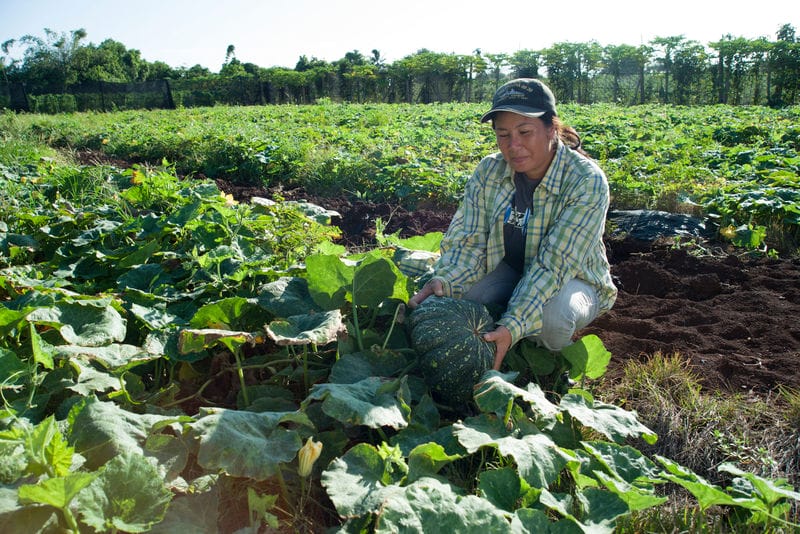
For Hawaii residents, who import most of what they eat, preserving farmland is an issue of food security. In light of that, plans to develop hotels and thousands of condominium units along Oahu’s North Shore have raised concerns for decades: not only would development compromise public access to the coast, it would permanently impact agricultural land.
To protect these valuable resources, The Trust for Public Land worked with the U.S. Army to conserve more than a thousand acres of shoreline and agricultural land zoned for resorts. For local communities, the deal safeguards farmland and a connection to the coast—while for the army, it provides a buffer around exercises at the Kahuku Training Area.
“We are very pleased to be able to protect and conserve this land for agricultural use by future generations,” said Col. Richard Fromm, commander of U.S. Army Garrison–Hawaii.
Buckley Air Force Base—Colorado

Buckley Air Force Base is home to 88 different units, with work spanning everything from cryptology and supply logistics to missile defense and aerospace engineering. Not surprisingly, some of this stuff is loud—and as development from the neighboring city of Aurora spread to the base’s western edge, issues such as noise complaints forced the closure of one of its runways.
To prevent a similar situation on the east side, we’re working with the Air Force, local landowners, community groups, and state and local agencies to create an open-space buffer that will double as a place for people to get outside. We’re especially excited about the plan for a pathway connecting to the Triple Creek Greenway: when complete, it will make for a 27-mile continuous car-free corridor stretching from the South Platte River in Denver to the Aurora Reservoir.
Have a win-win conservation story of your own? We’d love to hear it. Leave us a comment, or join us on Facebook!
One-third of Americans, including 28 million children, lack safe, easy access to a park within a 10-minute walk of home. Urge your senators to pass the Outdoors for All Act to create parks and enhance outdoor recreational opportunities!


Donate to become a member, and you’ll receive a subscription to Land&People magazine, our biannual publication featuring exclusive, inspiring stories about our work connecting everyone to the outdoors.
See how our supporters are helping us connect people to the outdoors across the country.




